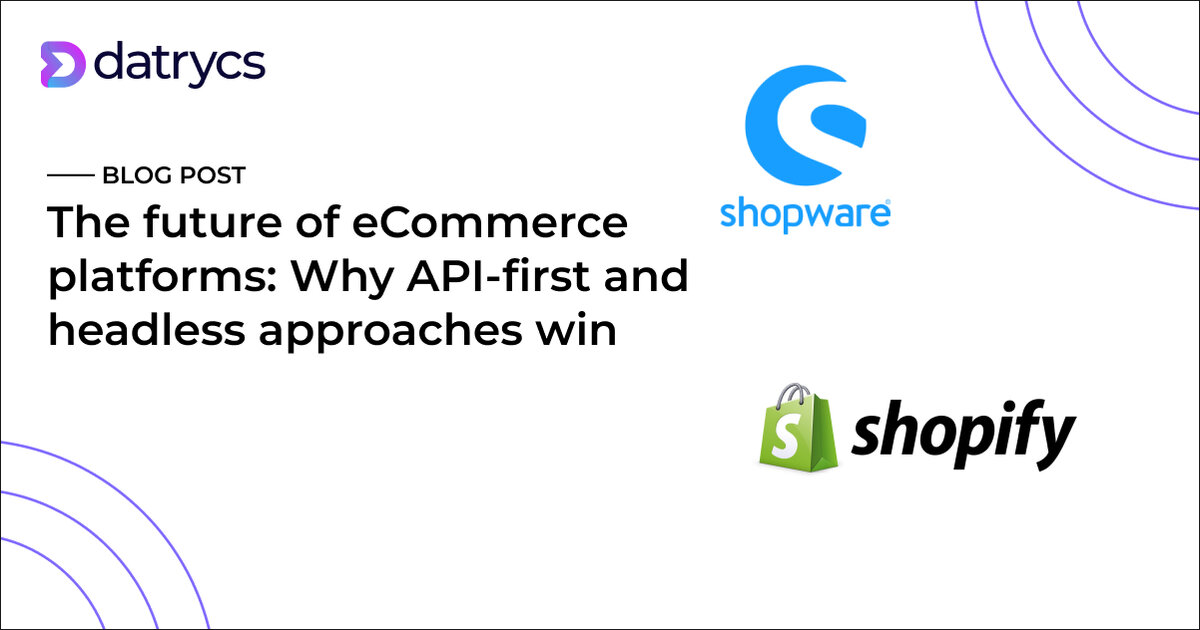What is the difference between Microservices vs Packaged Business Capabilities?
Packaged business capabilities and Microservices architecture are connected in the realm of modern software development and enterprise solutions.



What are Microservices?
Microservices are an architectural approach to developing software applications where the application is composed of small, independent services that work together to provide the overall functionality. Each service is designed to perform a specific business function and can be developed, deployed, and scaled independently of the other services. Microservices communicate with each other through well-defined APIs (Application Programming Interfaces), typically using lightweight protocols like HTTP or messaging queues. This approach allows for greater flexibility, scalability, and resilience compared to traditional monolithic architectures, as each service can be managed and updated individually without affecting the entire system. Microservices are often used in modern software development to enable agility, support continuous delivery, and facilitate the adoption of cloud-native technologies.
Microservices architecture
Microservices architecture is a software development approach where an application is divided into smaller, independent services that can be developed, deployed, and scaled independently. Each service is designed to perform a specific business function and communicates with other services through well-defined APIs (Application Programming Interfaces).
In a microservices architecture, each service is responsible for a specific aspect of the application's functionality, such as user authentication, payment processing, or order management. These services are typically organized around business capabilities and are developed and deployed separately, often using different programming languages, frameworks, and databases that best suit their requirements.
One of the key benefits of microservices architecture is its ability to enable greater speed and scalability in software development. Because each service operates independently, teams can develop, test and deploy changes to individual services without affecting the entire application. This allows for faster development cycles, easier maintenance, and the ability to scale components independently based on demand.
However, implementing a microservices architecture also comes with challenges, such as increased complexity in managing distributed systems, ensuring consistency across services, and handling inter-service communication effectively. Proper design, governance, and tooling are essential to successfully leverage the benefits of microservices architecture while mitigating its challenges.
What are Packaged Business Capability?
Packaged business capabilities refer to pre-defined sets of functionality and processes that are packed together in a standardized way to meet specific business needs or requirements. These are software components representing well-defined business capabilities, recognizable by business users, and are intended to be used as building blocks for application product suites and customized application experiences. These capabilities are often packaged into software solutions or platforms that can be deployed within an organization to improve operations, increase efficiency, and support various business functions.
Packaged business capabilities typically encompass a range of features, tools, and workflows designed to facilitate key business processes such as customer relationship management (CRM), enterprise resource planning (ERP), supply chain management (SCM), human resources management (HRM), financial management, and more. PBCs provide tangible value for business teams by enabling them to participate in the design and deployment of new experiences.
These packaged capabilities are often offered by software vendors as off-the-shelf solutions that can be customized and configured to meet the specific needs of different industries or organizations. By using packaged business capabilities, organizations can reduce the time and resources required to develop custom solutions from scratch, while benefiting from the best practices and industry standards built into the packaged offerings. PBCs are designed to be recognizable and usable by a business user.
Packaged business capabilities and Microservices architecture are connected in the realm of modern software development and enterprise solutions. This architecture is called Composable Commerce. Composable commerce refers to an approach in e-commerce where businesses build their digital commerce capabilities by composing or assembling modular, pre-built components and services rather than relying on monolithic, one-size-fits-all solutions. It involves leveraging packaged business capabilities and Microservices architecture to create flexible, customizable, and scalable commerce experiences. PBCs deliver business value by aligning with business goals and outcomes.
Well-implemented PBCs are functionally complete and autonomous, with no critical external dependencies and no need for direct external access to their data. They include a data schema and a set of event channels to facilitate communication and integration.
In the context of Composable Commerce:
Packaged Business Capabilities: These are the modular components or capabilities that businesses can select and integrate to build their commerce solutions. These capabilities may include product catalog management, payment processing, order management, customer service, and more. Each capability is packaged as a standalone service that can be easily integrated into the overall commerce architecture. PBCs and microservices architecture impact various aspects of a commerce platform, such as operational costs, composability, high availability, and extensibility.
Microservices Architecture: Composable commerce often relies on a microservices architecture to implement these packaged business capabilities. Each commerce capability is developed and deployed as a microservice, allowing for independent development, scaling, and deployment. This enables businesses to assemble their commerce solutions by selecting and integrating the specific capabilities they need, without being locked into a monolithic platform. The principles of composable enterprise align with the modular and interchangeable nature of PBCs and microservices, emphasizing modularity, interoperability, scalability, and efficiency.
By adopting a Composable Commerce approach, businesses gain greater flexibility, agility, and customization capabilities in building and evolving their e-commerce platforms. They can adapt more quickly to changing market demands, experiment with new features, and deliver personalised experiences to their customers. Additionally, Composable Commerce allows businesses to leverage best-of-breed solutions for each commerce capability, rather than being limited to the features provided by a single vendor’s platform.


